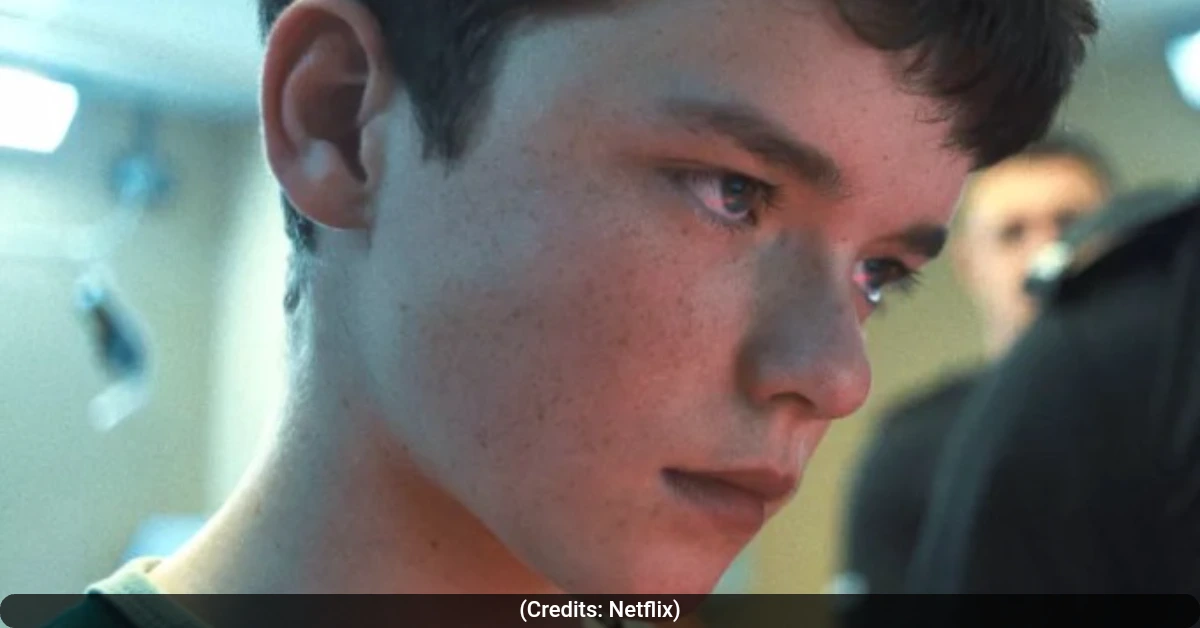Netflix’s new four-part series Adolescence has grabbed the attention of audiences around the world. The crime drama is now topping the most-watched TV chart on Netflix. The story follows the arrest of 13-year-old Jamie Miller for the murder of one of his classmates. The series is produced by Jack Thorne and features Stephen Graham, who also plays Jamie’s father. The show has sparked many questions about its story and whether it draws from real events.
Series Overview
The series presents a detailed look at the life of young Jamie and the events leading up to and following the murder of his classmate, Katie Leonard. Each of the four episodes is filmed in one continuous take, adding a distinct style to the storytelling. The narrative begins with Jamie’s arrest and moves through the investigation and the emotional fallout on his family. The structure of the show allows viewers to see different perspectives, from the police work at his school to the sessions with a child psychologist.
One-Take Filming
The choice to film each episode in a single take gives Adolescence a unique visual style. This method requires careful planning and a steady performance from the cast and crew. It also adds a sense of realism to the story, making the viewers feel as though they are part of the unfolding events. The continuous shot method helps the audience focus on the intensity of the narrative without the distraction of cuts or edits.
Story and Themes
The plot centers on Jamie Miller, a 13-year-old whose actions lead to the tragic death of his classmate. The investigation into the crime takes a deep look at the circumstances surrounding the event. Viewers witness the challenges faced by detectives as they search for clues at Jamie’s school and try to understand his motives. The series also includes a session between Jamie and a child psychologist, which reveals his inner thoughts and struggles. Jamie’s behavior is influenced by several factors, including low self-esteem and the impact of online bullying.
The show highlights the role of social media in shaping the behavior and self-image of young people. In one episode, it is revealed that comments on Instagram, including the use of emojis, contribute to Jamie’s negative self-perception. The series also touches on how certain online communities and discussions—such as those revolving around figures like Andrew Tate and ideas from the so-called “manosphere”—affect the mindset of youth. These influences seem to play a part in how Jamie sees himself and his actions.
Family Impact
A significant part of the story focuses on the emotional toll the crime takes on Jamie’s family. In the final episode, viewers see the family struggling with their feelings of guilt, sadness, and confusion. Jamie’s decision to change his plea to guilty adds to the weight of the family’s burden. His parents are shown grappling with the possibility that their parenting choices might have played a role in shaping his behavior. The series uses these moments to present a realistic picture of how a violent act can affect everyone involved.
Social Media Influence
The series takes a close look at the pressures faced by young people in the digital age. Social media platforms are shown as spaces where bullying and negative comments can have lasting effects. Jamie repeatedly calls himself “ugly” during his sessions with the child psychologist, a statement that reflects the harsh judgments he has received online. The show raises important questions about the impact of digital interactions on the mental health of teenagers. It highlights that the challenges faced by young people today are not limited to their physical environment but extend deeply into the online world.
Real-World Inspiration
Although the series is a work of fiction, the creators have stated that Adolescence is inspired by real-life events. Recent statistics from the Office for National Statistics and reports from the Ministry of Justice show that knife attacks in England and Wales have increased significantly over the past decade. These reports also indicate that a notable percentage of the offenders are youth between the ages of 10 and 17. The rise in knife-related crimes adds a layer of urgency to the themes explored in the series. By drawing on these real-life issues, the show prompts viewers to consider the societal factors that may be contributing to youth violence.
Expert Insights
Both Jack Thorne and Stephen Graham have offered insights into the making of Adolescence. Graham has discussed the pressures faced by young men in today’s society. He highlighted how influences from peers, the internet, and social media create challenges that affect youth globally. The creators have aimed to pose a broader question: What are the underlying forces affecting young people today? The series does not simply focus on whether Jamie committed the crime. Instead, it delves into the various influences—from personal and family dynamics to societal pressures—that can lead to such tragic outcomes.
The final episode shows Jamie making a clear decision by switching his plea to guilty. This decision is presented as a turning point in his journey, marking a moment when he accepts responsibility for his actions. The emotional reactions of his family in this episode offer a stark portrayal of the long-lasting impact that such events can have on a community.
Also Read: Taylor Swift Honors Team and Fans in iHeartRadio Music Awards Speech
For more updates on Adolescence, tune in to Vviptimes.
SOURCE: Variety














